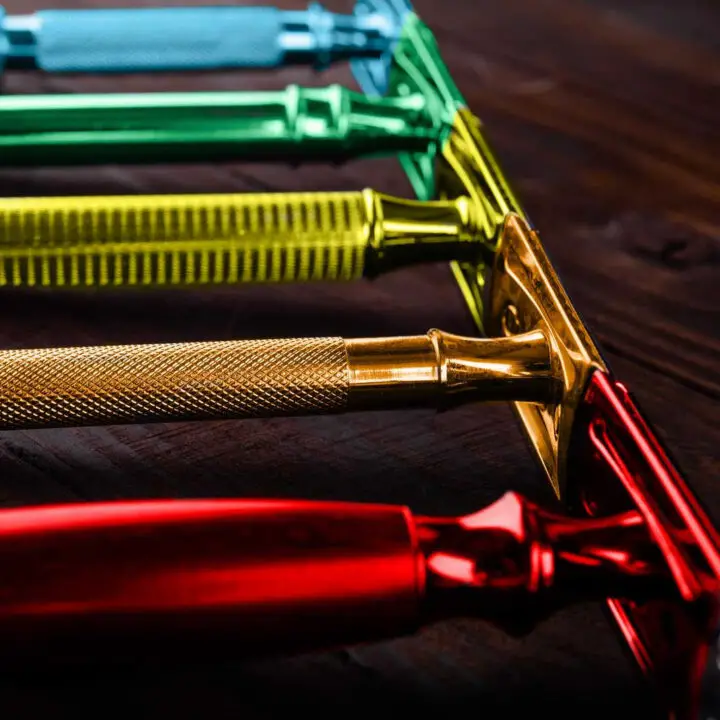
The Art and Science of Safety Razor Head Design
Understanding the intricacies of safety razor head design can be the key to achieving a great shave. At the heart of this design lies the concept of aggressiveness – a delicate balance between efficiency and comfort that can make or break your shave. Let’s dive into the factors that influence razor aggressiveness and how they impact your shaving experience.
It’s All Interrelated
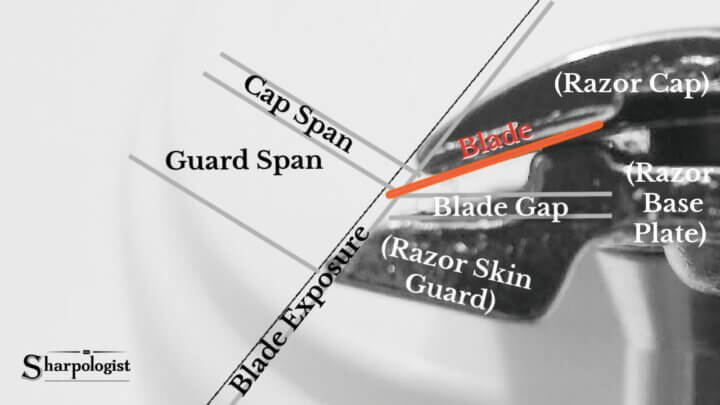
How mild or aggressive a razor is comes from an interaction of several different specifications and some variables. But broadly here the major ones:
- Blade Gap: The distance between the cutting edge of the razor blade and the safety bar of the razor head
- Blade Exposure: How much the blade protrudes beyond the safety bar
- Safety Bar Design: Whether solid, scalloped, or open comb
- Blade Angle: The angle at which the blade meets your facial hair
Together, these elements create the razor’s overall character and performance. Do not rely on a single specification (like blade gap) as the only way to determine a razor’s aggressiveness.
Blade Gap: The Critical Space
Blade gap is defined as the perpendicular distance between the cutting edge of the razor blade and the safety bar of the razor head. This space determines how much hair and shaving cream can pass between the blade and safety bar during a shave. Think of it as a gateway that controls how aggressively your razor interacts with your facial hair and skin.
The Numbers Game
When discussing blade gap, we’re dealing with very small, precise measurements:
- Mild razors: gaps up to about 0.60mm
- Medium razors: gaps about 0.60mm to about 0.70mm
- Aggressive razors: gaps greater than about 0.70mm
To put this in perspective, the difference between a mild and aggressive razor can be less than the thickness of a sheet of paper. Yet, this tiny variation can transform a razor from a gentle daily driver to a highly efficient but potentially challenging tool.
How Blade Gap Affects Your Shave
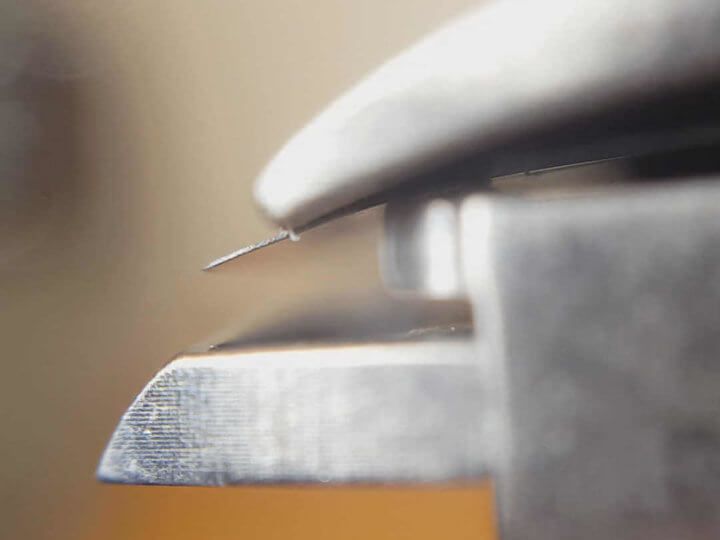
Larger Blade Gaps
- More efficient at cutting through thick or multiple days’ growth
- Require fewer passes to achieve a close shave
- Allow more shaving cream to pass through, potentially providing better lubrication
- Increase the risk of nicks, cuts, and irritation
- Generally less forgiving of poor technique or too much pressure
Smaller Blade Gaps
- Provide a milder, more comfortable shave
- Reduce the risk of cuts and irritation
- More forgiving of imperfect technique
- May require more passes to achieve the closest possible shave
- Excellent for daily shavers or those with sensitive skin
Blade Exposure: Finding the Edge
When discussing safety razor design, blade exposure is a critical yet often misunderstood concept that can dramatically impact your shaving experience. Understanding blade exposure can help you select the right razor and achieve better shaves.
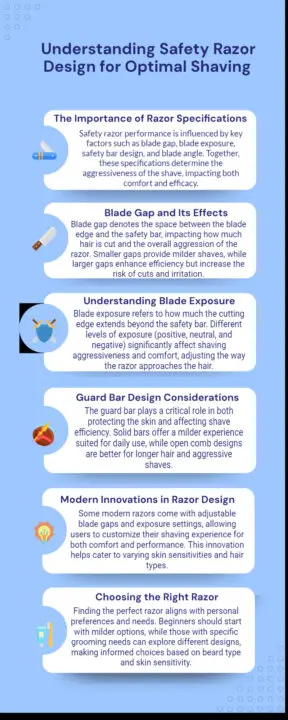
What Is Blade Exposure?
Blade exposure refers to how much of the razor blade’s cutting edge extends beyond the razor’s safety bar and cap. This measurement is distinct from blade gap and plays a vital role in determining how aggressively your razor performs. Safety razors generally fall into three categories of blade exposure:
- Positive Exposure
- The blade edge visibly extends beyond the safety bar
- Provides a more aggressive shaving experience
- Excels at cutting through coarse or multiple days’ growth
- Requires more skill and careful handling
- Neutral Exposure
- The blade edge aligns with the safety bar
- Offers a balanced shaving experience
- Good for regular shavers with average beard growth
- Provides a middle ground between efficiency and safety
- Negative Exposure
- The blade edge sits slightly recessed behind the safety bar
- Delivers a milder, more forgiving shave
- Ideal for beginners or those with sensitive skin
- May require multiple passes for the closest possible shave
Restating Blade Exposure vs. Blade Gap
While often confused, blade exposure and blade gap are distinct concepts:
- Blade gap is the space between the blade edge and safety bar.
- Blade exposure is how far the blade protrudes relative to the safety bar.
Both factors work together to determine a razor’s overall aggressiveness.
Modern Innovations
Some modern razors feature adjustable blade gap and/or exposure, allowing users to fine-tune their shaving experience. The Rex Ambassador and Rockwell 6S are popular examples, offering multiple exposure settings in a single razor.
Guard Bar Design: Protection and Performance
The guide bar, also known as the safety bar or guard bar, is a crucial component of any safety razor, living up to the “safety” in the name. This essential element not only protects your skin but also significantly influences the efficiency and comfort of your shave. There are two main types:
1. Solid Bar Design
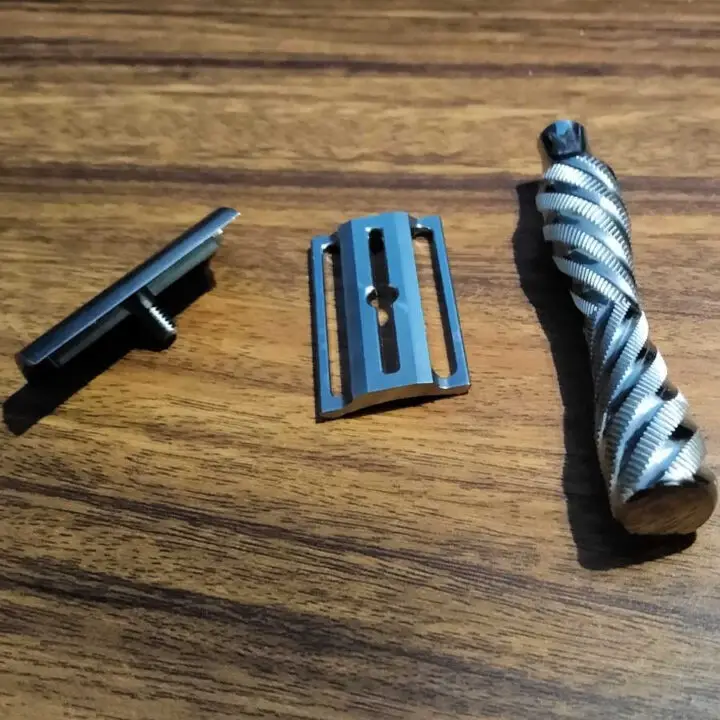
The classic solid bar is characterized by a straight, uninterrupted surface that runs parallel to the blade edge. This design:
- Provides consistent skin protection
- Helps create an even surface for the blade to glide across
- Generally offers a milder shaving experience
- Excels at daily shaving when facial hair isn’t too long
- Works well for sensitive skin
2. Open Comb Design
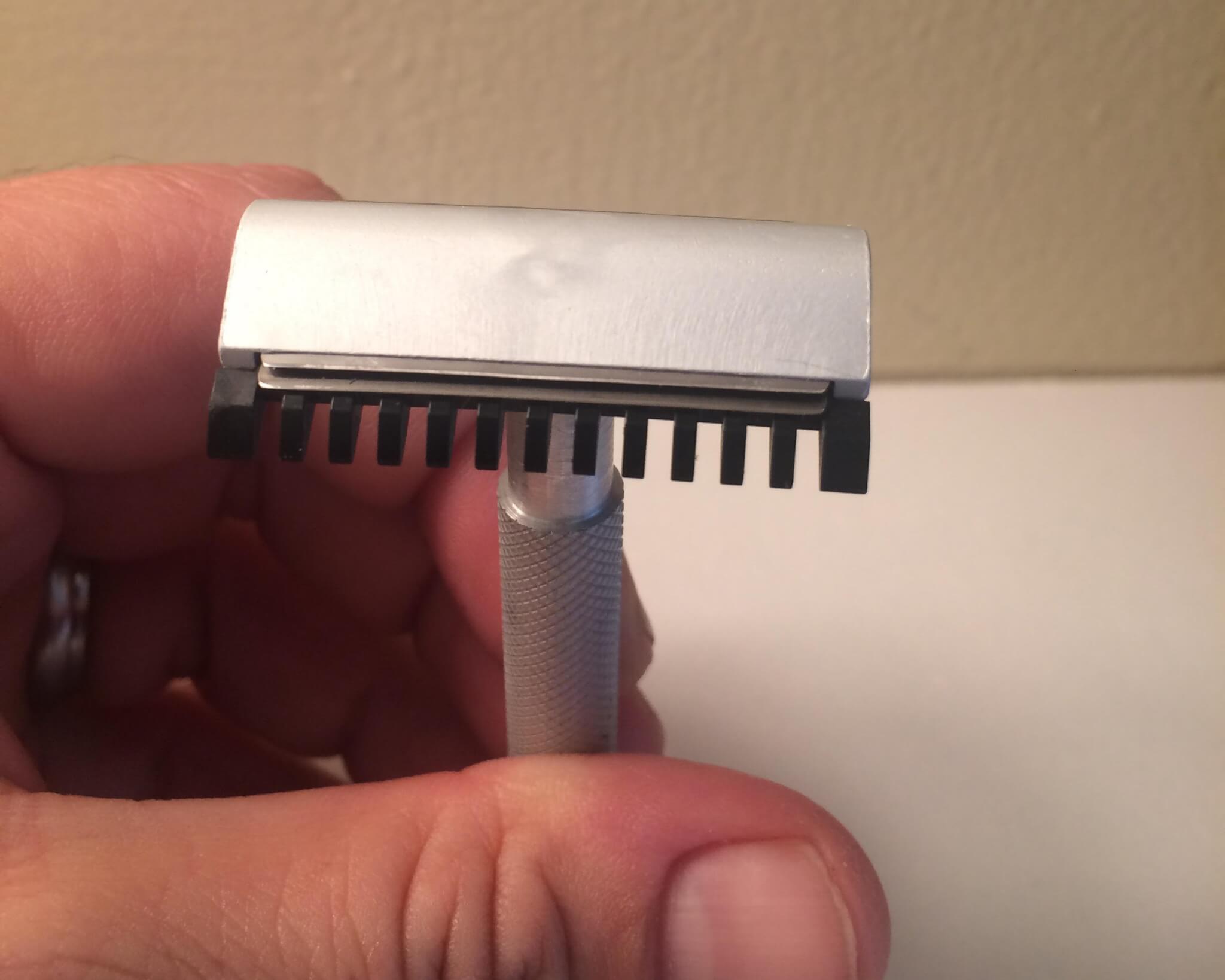
Featuring tooth-like protrusions along the guard, open comb razors:
- Guide longer hairs directly to the blade
- Typically deliver a more aggressive shave
- Excel at tackling multiple days of growth
- Allow for excellent lather flow through the head
- Often preferred by shavers with coarse facial hair
Refinements in Guard Bar Design
Beyond the basic solid vs. open comb distinction, some manufacturers employ a refinement:
Scalloping
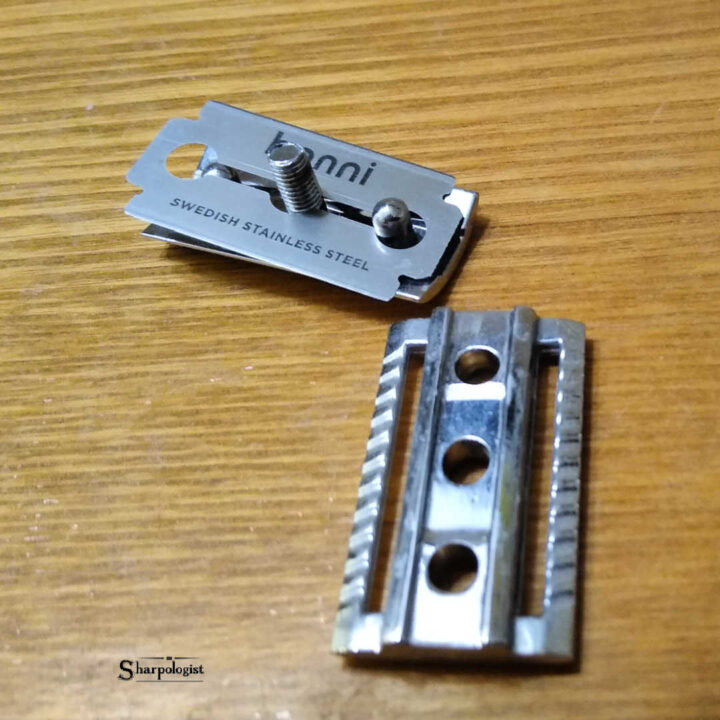
Many solid bar razors feature subtle scalloping along the safety bar:
- Creates micro channels for lather and cut hair
- Helps stretch the skin slightly for a closer shave
- Can make a solid bar razor more efficient without increasing aggressiveness
Blade Angle: The Geometry of the Shave
The head geometry of a safety razor determines the blade angle – the angle at which the blade meets the hair. The optimal cutting angle typically falls between 30 and 45 degrees. Steeper angles, closer to 45 degrees, tend to produce more aggressive shaves. This design element is fixed in most Modern multi-blade cartridge razors but can be adjusted in safety razors, allowing users to fine-tune their shaving experience.
Related Post: Blade Angle And Shave Quality
Cap Design: Stability and Flow
Often overlooked but still important, the cap design affects both blade rigidity and stability. A well-designed cap ensures the blade remains perfectly positioned throughout the shave. Additionally, the cap’s design influences how easily lather flows through the head, affecting both the smoothness of the shave and the razor’s maintenance requirements.
Finding Your Perfect Razor
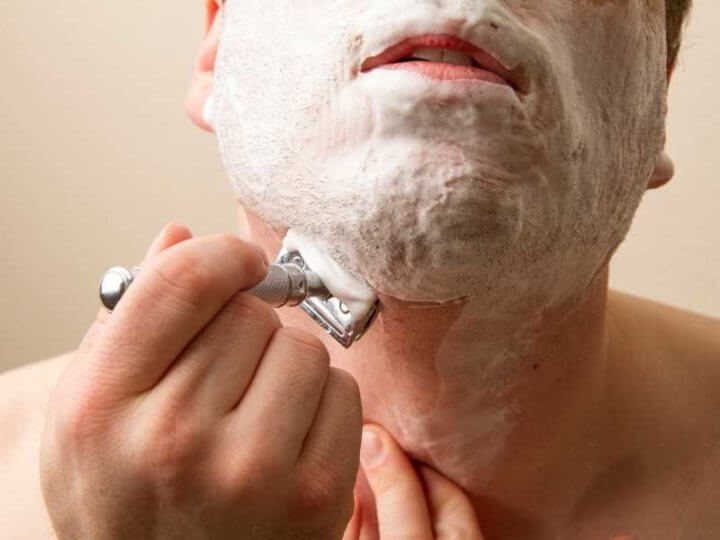
With so many variables at play, finding the right razor can seem daunting. Consider these practical tips:
- Start mild: Beginners should opt for razors with smaller blade gaps and neutral to negative blade exposure.
- Consider your needs: Coarse beard? An open comb might be beneficial. Sensitive skin? Look for a mild, solid bar design.
- Experiment wisely: Adjustable razors allow you to experiment with different levels of aggressiveness without buying multiple razors.
Remember that perceived aggressiveness isn’t solely about the razor design. Blade choice can significantly impact how aggressive a razor feels. Additionally, proper technique and pressure control are crucial factors in achieving the perfect shave.
Summing Up
The science of safety razor head design is a fascinating blend of engineering precision and user experience. Understanding these design elements not only helps in choosing the right razor but also in appreciating the craftsmanship behind these timeless grooming tools. Whether you’re a wet shaving novice or a seasoned enthusiast, the perfect razor is out there – it’s just a matter of understanding what works best for your unique needs.

An excellent article. I really enjoyed it. Those different concepts about the safety razor can be baffling to the new wet shaver. This is good info. Thank you.
Excellent, clearly explained article on a subject that can cause confusion for newbies to DE razors. Having tried a few different DE razors over the years, I’ve settled on a 1950’s all brass Gillette Tech. I can’t praise this razor enough, and I believe vintage DE razors should never be overlooked even though modern razors are excellent as well.